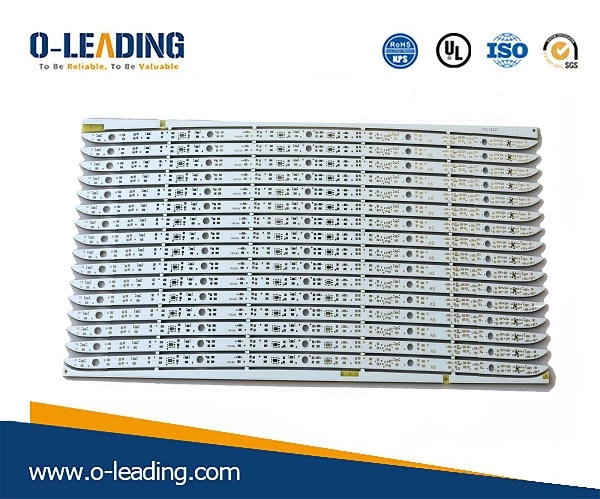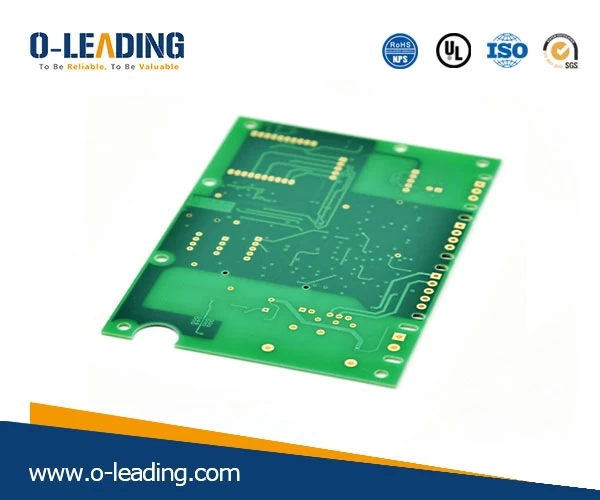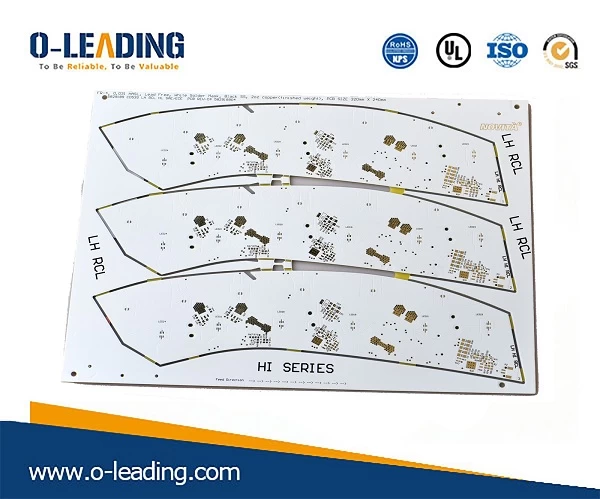Solutions for SMT wicking and bridging defects
The core pulling phenomenon
The core pulling phenomenon is one of the common soldering defects, which is more common in gas phase reflow soldering. The wicking phenomenon causes the solder to leave the pad and travel along the pin to between the pin and the chip body, which usually forms a serious false soldering phenomenon. The reason is that as long as the thermal conductivity of the component pins is large, the temperature rises rapidly, so that the solder preferentially wets the pins. The wetting force between the solder and the pins is far greater than the wetting force between the solder and the pads. Warping will aggravate the occurrence of wicking.
Solution:
1.For gas phase reflow welding, the SMA should be fully preheated before being placed in a gas phase furnace;
2.The solderability of PCB pads should be carefully checked, and PCBs with poor solderability cannot be used for production;
3. Full attention is paid to the coplanarity of components, and devices with poor coplanarity cannot be used for production.
In infrared reflow soldering, the organic flux in the PCB substrate and solder is a good absorption medium for infrared rays, but the pins can partially reflect infrared rays. Therefore, the solder is preferentially melted, and the wetting force of the solder and the pad is It will be greater than the wetting force between the solder and the pin, so the solder will not rise along the pin, and the probability of wicking will be much smaller.

Bridge
Bridge connection is one of the common defects in SMT production, it will cause short circuit between components, and must be repaired when encountering bridge connection. There are many main causes of bridge connection:
▶ Quality problem of solder paste.
The metal content in the solder paste is too high, especially if the printing time is too long, it is prone to increase the metal content, resulting in IC pin bridges;
Solder paste has low viscosity and flows out of the pad after preheating;
The drop of the solder paste tower is poor, and it flows out of the pad after preheating;
Solution: Adjust the solder paste ratio or use a good quality solder paste.

▶ Printing system
The printing machine has poor repeat accuracy and misalignment (poor alignment of the steel plate and poor alignment of the PCB), resulting in solder paste printed outside the pad, especially the fine-pitch QFP pad;
The template window size and thickness design are not correct, and the PCB pad design is not uniform with Sn-pb alloy plating, which results in too much solder paste.
Solution: adjust the printing machine to improve the PCB pad coating;
Single Side PCB manufacturer china

▶ Excessive placement pressure and solder paste full flow are common causes in production. In addition, inadequate placement accuracy will cause component displacement and IC pin deformation.
▶ The reflow furnace is heating up too fast, and the solvent in the solder paste is too late to evaporate.
Solution: Adjust the height of the Z axis of the placement machine and the heating speed of the reflow furnace.
































